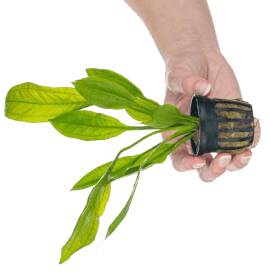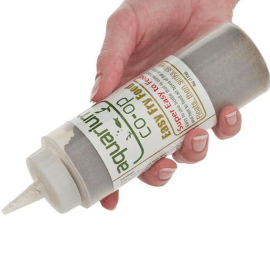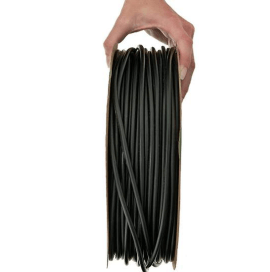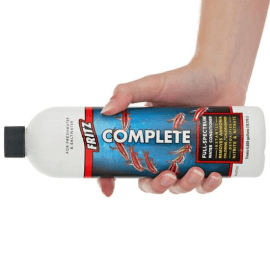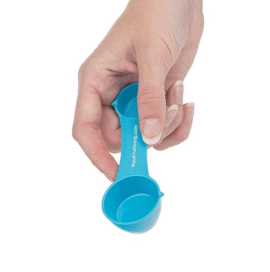How to use a check valve for aquariums
If you only get one item from this list, a check valve is an essential must-have. It contains a flapper or stopper that allows air to flow in one direction (into the tank) and stops water from flowing in the other direction (out of the tank). This cheap but important accessory prevents water from siphoning out of your aquarium if the air pump turns off or stops running during a power outage. Water leakage out of the airline tubing usually results in damage to your air pump, as well as flooding all over your floor. In extreme cases, this can lead to an electrical fire if you have appliances or power strips sitting in the water.
Check valves are necessary for every aquarium device that uses airline tubing, whether it’s a sponge filter, aquarium ornament, brine shrimp hatchery, or carbon dioxide (CO2) injection system. (The only case where a check valve is not needed is if the air pump or CO2 tank is located higher than the rim of the aquarium.) For installation, simply cut the airline tubing between the device and air pump and connect the check valve in between. The end of the check valve with the flapper (which looks like a colored or horizontal bar) should be facing the air pump. If you install the check valve backwards, no air will flow when you turn on the air pump, so just flip the check valve around.

The best practice is to place the check valve outside the aquarium (not in the water), close to the top of the fish tank. This position stops the water at the rim rather than near the air pump where the water pressure in the airline tubing could cause a leak. Also, make sure the airline tubing is cut straight and cleanly, free of any tears. Finally, check the airline tubing to make sure it hasn’t dried and hardened over time, which could cause the connection to loosen and drip during a power outage.
For more information, read our full article on air accessories.
